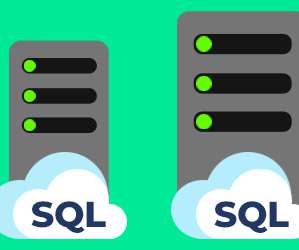What is serverless computing? Driving efficiency without sacrificing observability
Dynatrace
JANUARY 26, 2021
Traditional computing models rely on virtual or physical machines, where each instance includes a complete operating system, CPU cycles, and memory. VMware commercialized the idea of virtual machines, and cloud providers embraced the same concept with services like Amazon EC2, Google Compute, and Azure virtual machines.












Let's personalize your content